Written by Marie Hoff & Photographed by Paige Green
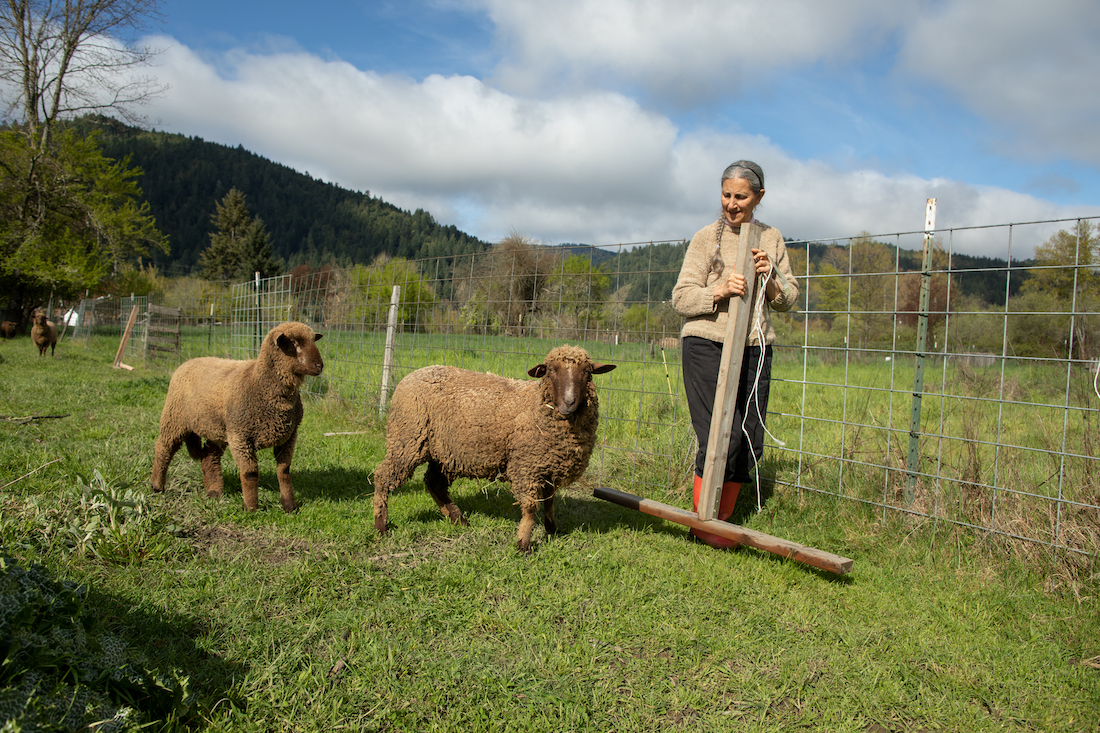
“I keep getting interested. There keeps being more to learn, so I get more interested, and learn more, and the more I learn, the more I keep getting interested,” muses Rhoby Cook of Rhoby’s Ranch. Surrounded by oak and conifer trees, tucked in a valley of clear air, Rhoby lives and farms in Hoopa Valley of Northern California. It’s a beautiful piece of country, “the center of the universe,” as her husband, Joseph, a local radio station manager, describes it.
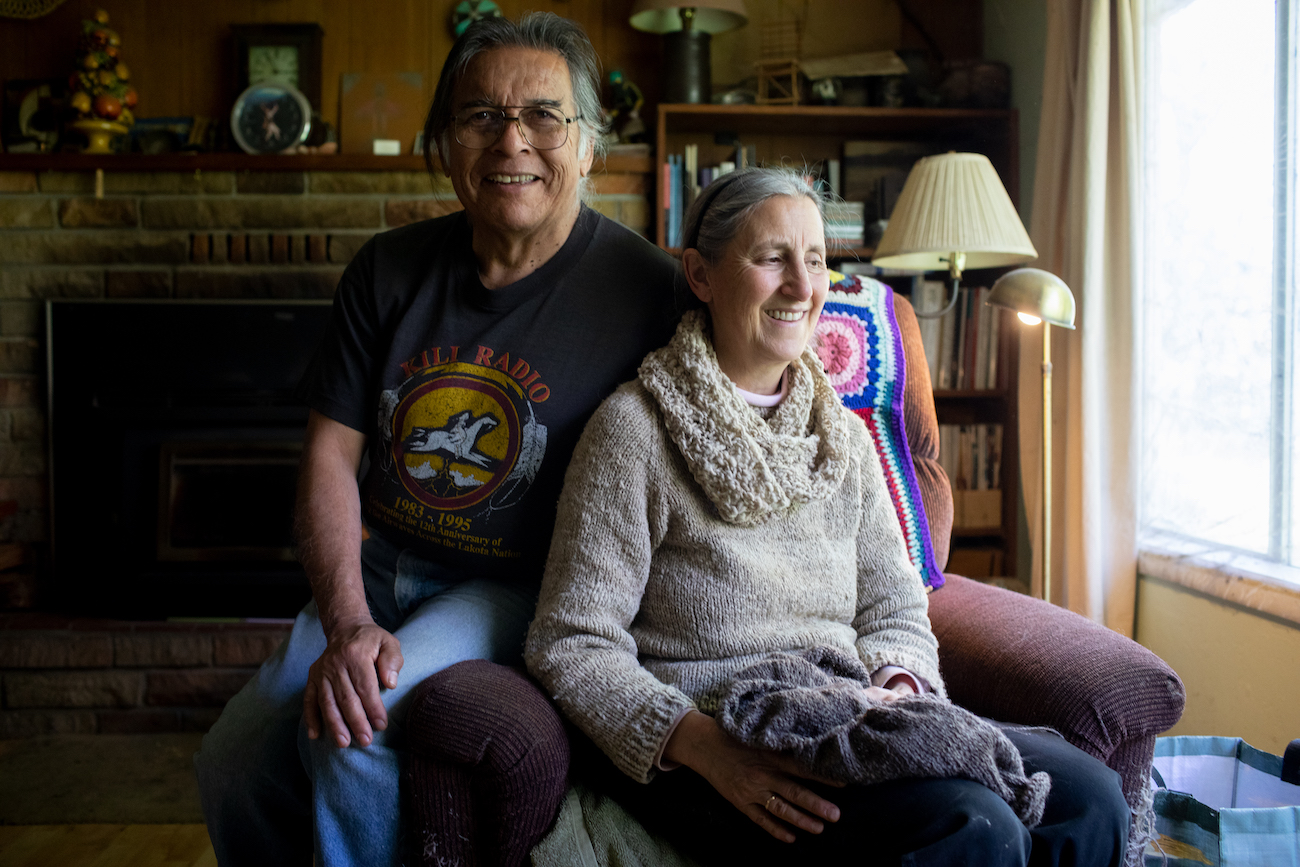
The array of books on the shelves at her home are enough to keep someone interested, learning and reading, for a long time. From books on shepherding and gardening to crafts of all sorts, to mythology and stories, poems, native California Indian culture, and Californian ecosystems — it’s no wonder Rhoby is unceasingly interested. But then she walks outside, wearing her homegrown, spun, and knit sweater, hair organized in a braid with a headband, and there’s a whole world of interesting learning to be had on the farm.
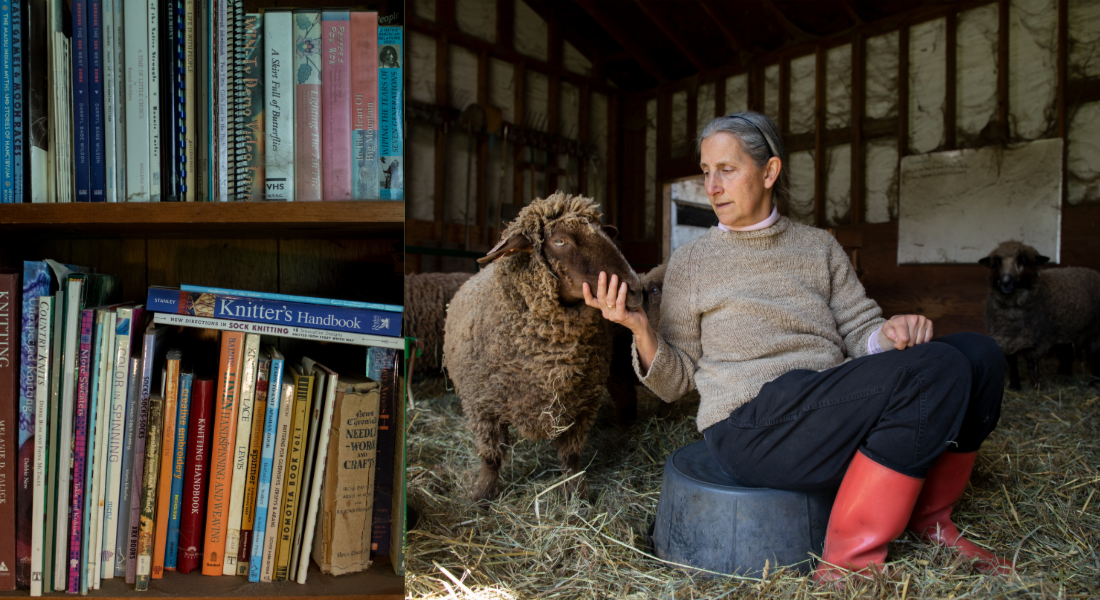
Mixing ideas from Holistic Management and Permaculture with a pastiche of other farming practices, Rhoby remains remarkably calm for all the life expanding around her. She walks out past the barn, soft instep but solid in heart, and takes a well-trod path to a paddock being grazed by CVM-breed sheep, a heritage breed that originated in California. It’s a two-acre field, which she has set up for maximum productivity – both in the short-term and long-term sense of productivity. The field is set up for strip grazing, a practice wherein the sheep are allowed to graze one strip at a time, working their way up the field, usually for just one day.
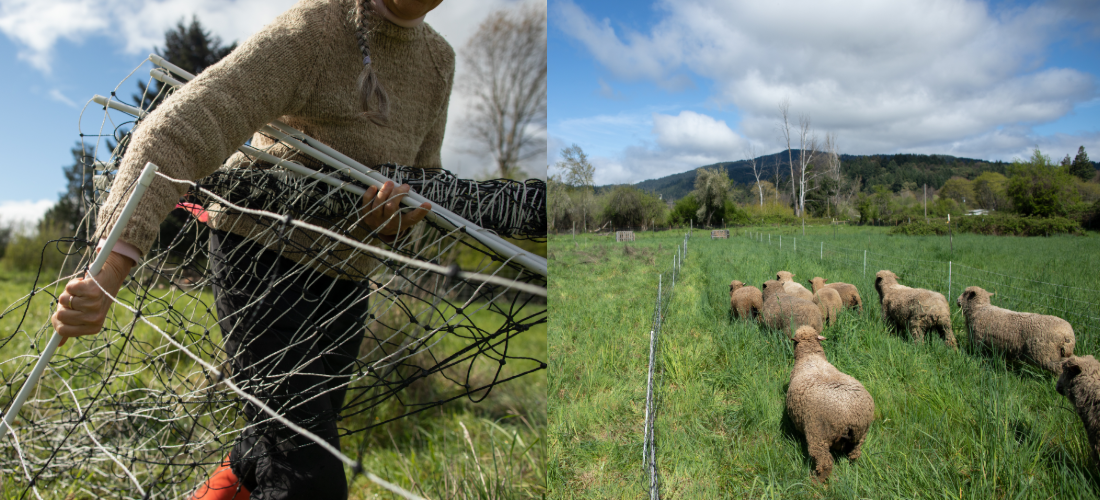
Using an electric netting fence, Rhoby sets up a new strip each day, about 200 feet long by 25 feet wide. The sheep come and go throughout the day as they please, traveling back and forth from the barn to the end of their strip for the day, and another small paddock with a large tree for shade. In addition to nourishing the grasses and soil, this setup benefits the sheep’s social behavior, as they seem to enjoy having different “rooms” to go to during the day.
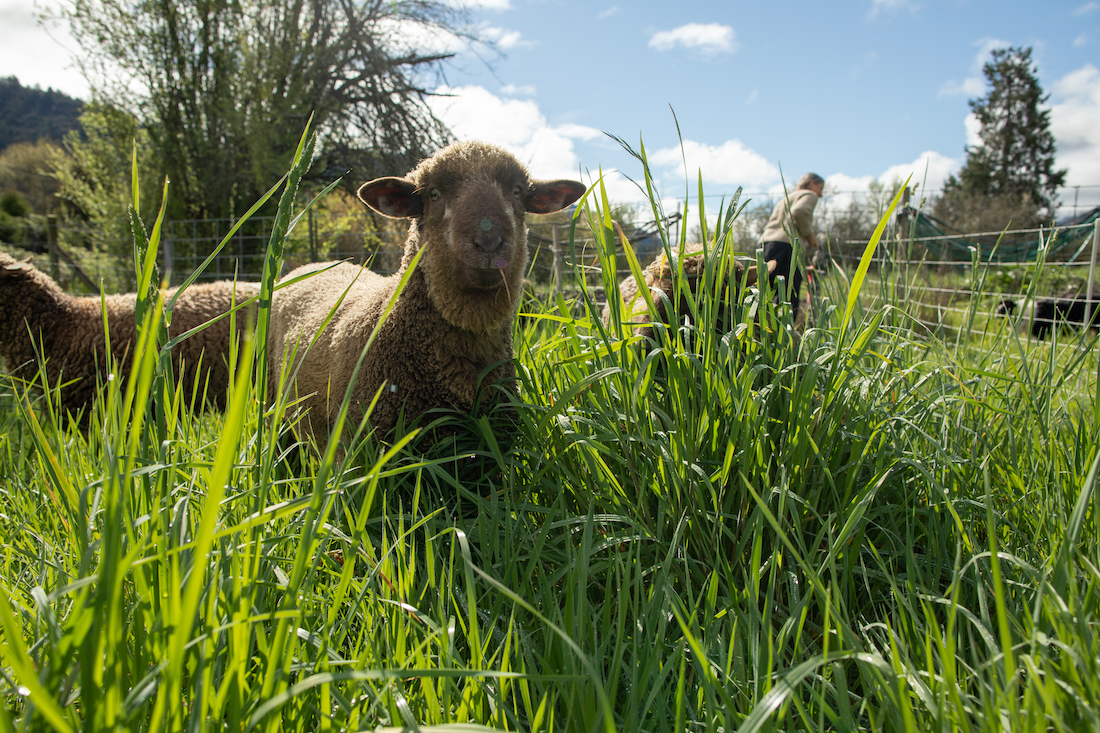
Rhoby shows the impressive and bountiful grasses, which grow back thick and tall within days of grazing, ready to be grazed again. Local people notice and say they wish they could have grass as she does. She likes influencing her neighbors through her results rather than by trying to tell them about the specific techniques — an example of her approach to do, don’t tell. When people are ready, they ask, and Rhoby is currently training to become a Certified Educator with the Holistic Management International for when they do.
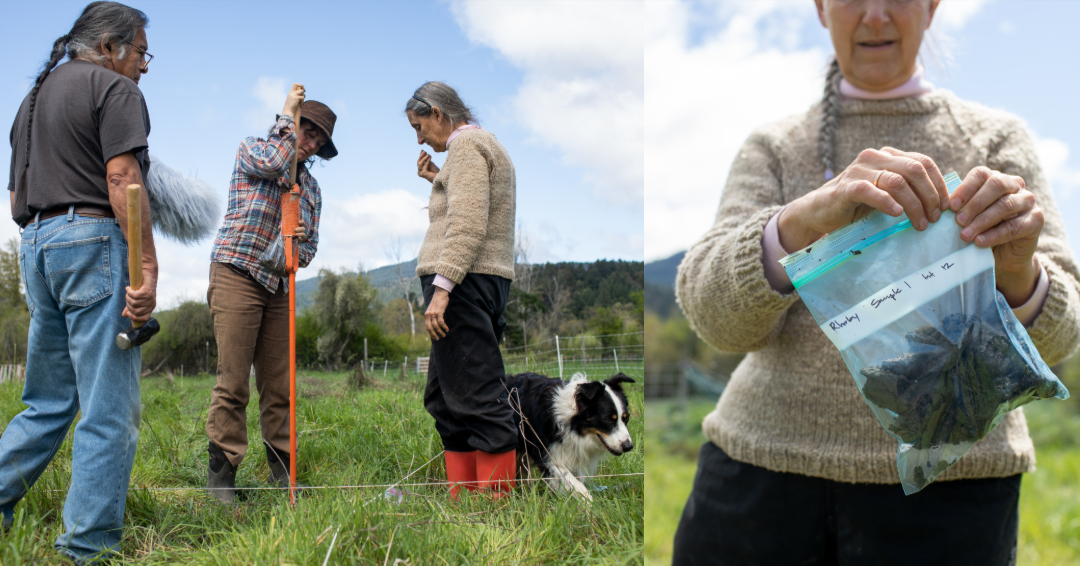
As part of Rhoby’s ongoing interest in land stewardship, she also participated in Fibershed’s soil sampling for producer members (a program to provide free soil sampling and lab analysis). Monitoring is a critical part of land management, as well as communicating impacts to her neighbors, community, and customers. With soil carbon results in hand, and with another round of sampling in 3-5 years, Rhoby will be able to answer her questions about what difference there may be between a field she has managed with rotational strip grazing and hedgerows versus no grazing or applied practices.
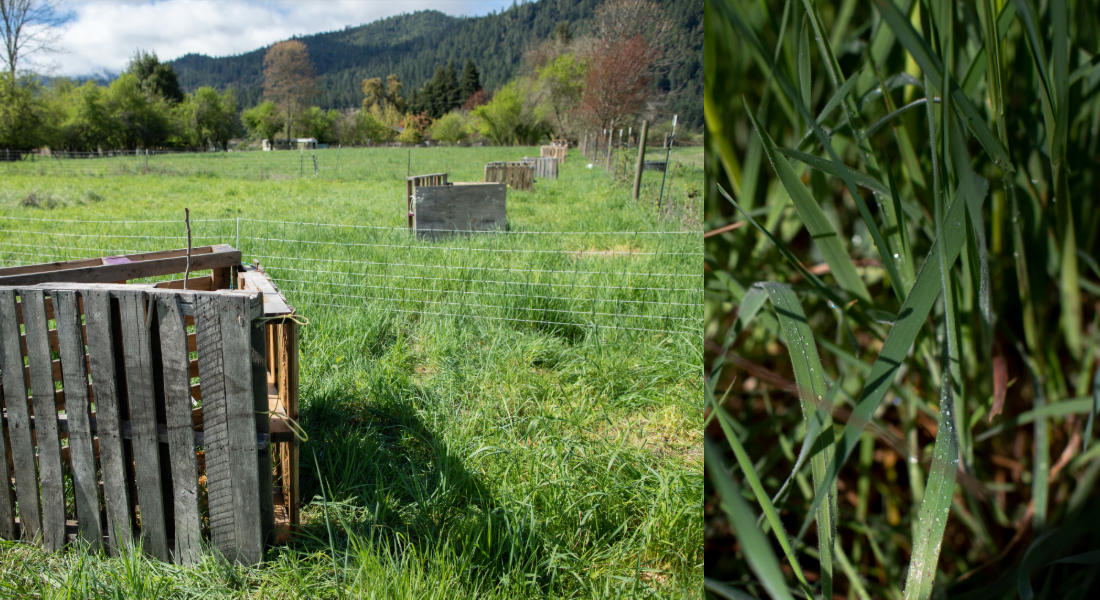
Along the edge of the strip grazing pasture lie the beginnings of a hedgerow on one side, and a hugelkultur on the other. A hedgerow is a wide line (typically 10′-20’ wide) of densely planted trees and shrubs, meant to serve as a barrier or border. Historic in the UK and Ireland, hedgerows have been gaining in popularity in California due to their function in everything from serving as a windbreak to reducing noise, light, air, water pollution to providing food, dye, and medicine, to increasing carbon sequestration and water holding capacity, and providing wildlife and pollinator habitat. These hedgerows feature heirloom apple trees, which will provide Rhoby and Joseph with fruit once they are mature.
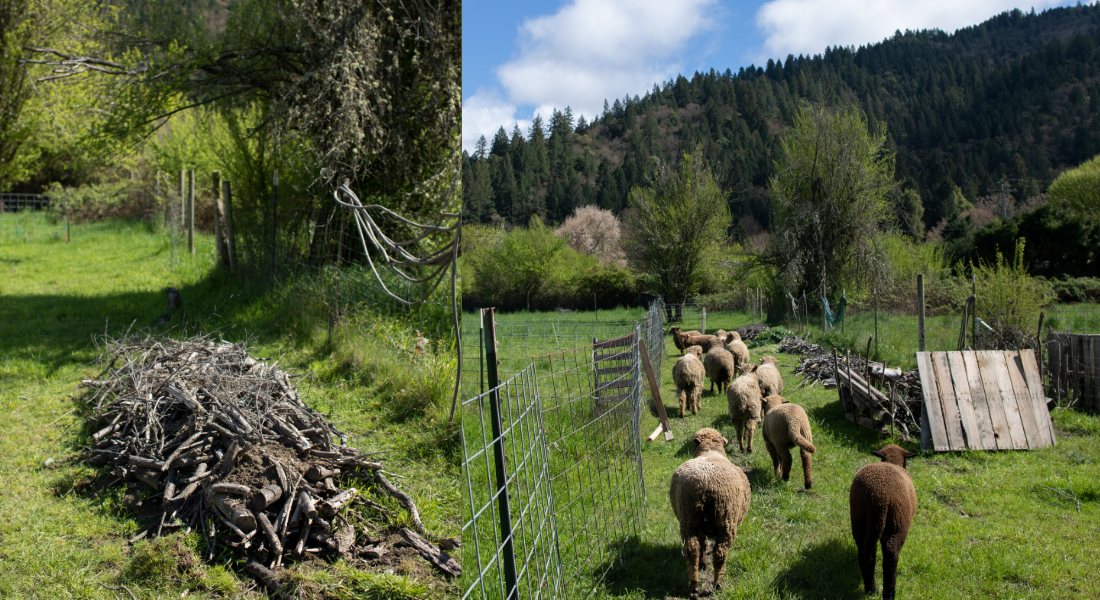
Along the other edge of the strip grazing pasture lie several “hugels” or hugelkulturs. German for “hill culture” or agriculture on a small mound or hill, hugelkulturing has been embraced by permaculturists as an effective and ecological form of raised bed construction. Instead of purchasing materials from a store, a hugelkultur is made of tree branches and other compostable materials such as leaves and grass clippings, that would otherwise go in the green bin. The branches form the base of the garden bed, which is then layered with biomass of different types (such as the leaves or grass clippings or kitchen compost), then a layer of soil and plants are directly planted into that soil, without waiting for the underlying material to compost. That material decomposes slowly, while plants grow on top of it. Last year they had pumpkins. This year, only time will tell.
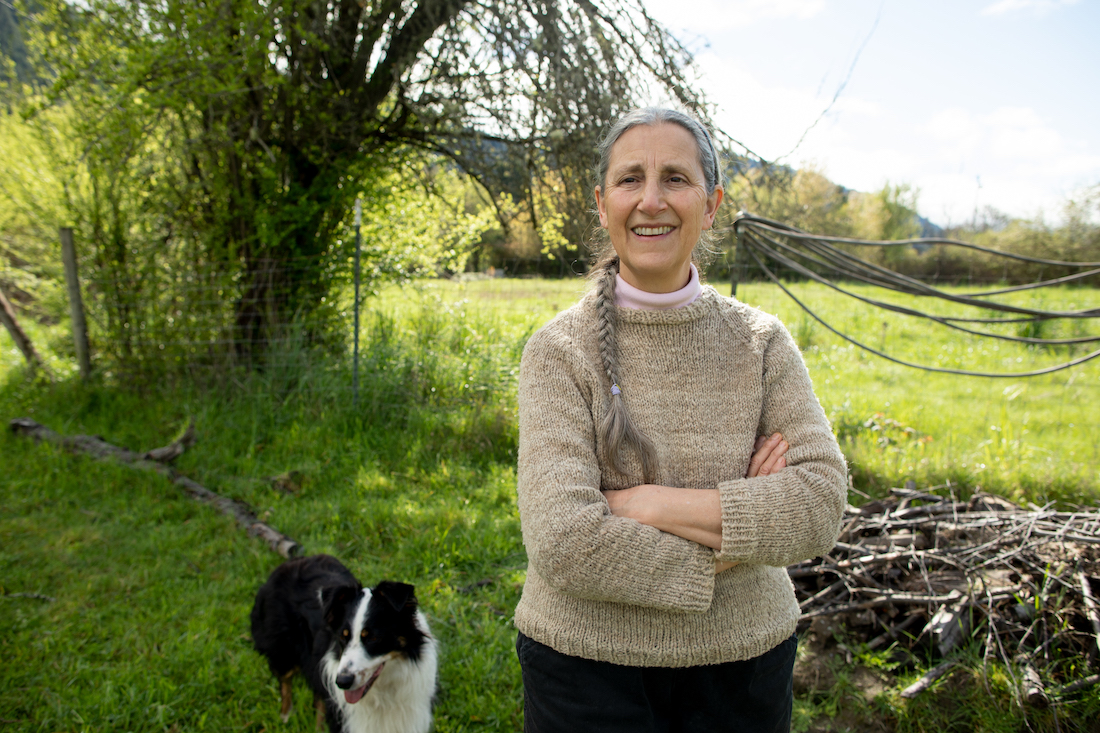
Rhoby has been raising sheep for nearly 20 years, and also grew up with sheep on her family’s sheep ranch outside Ukiah, CA. CVM sheep (which stands for California Variegated Mutant – a variation of Romeldale sheep) was developed in California and are prized for their soft, merino-like fleece and beautiful coloring.
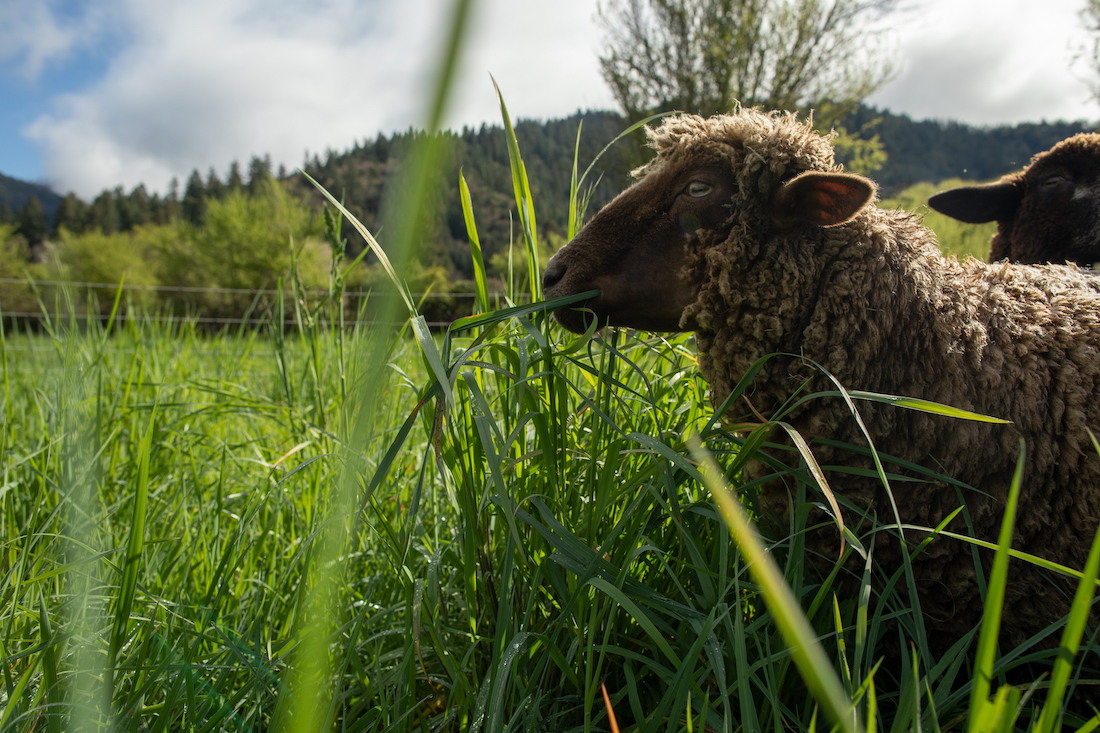
She was drawn to the CVM breed in part for their color – she needed that soft tawny color to complete the three traditional colors of woven basket caps, a traditional hat worn by women of Hoopa, Yurok, and Karuk tribes in the area. Usually made from California native plants, such as beargrass, woodwardia fern, and willow, women traditionally wear these caps for special occasions, politically or ceremonially, to impart solemnity and importance to the person. In the past 50 years or so, women in the region have taken up crochet.
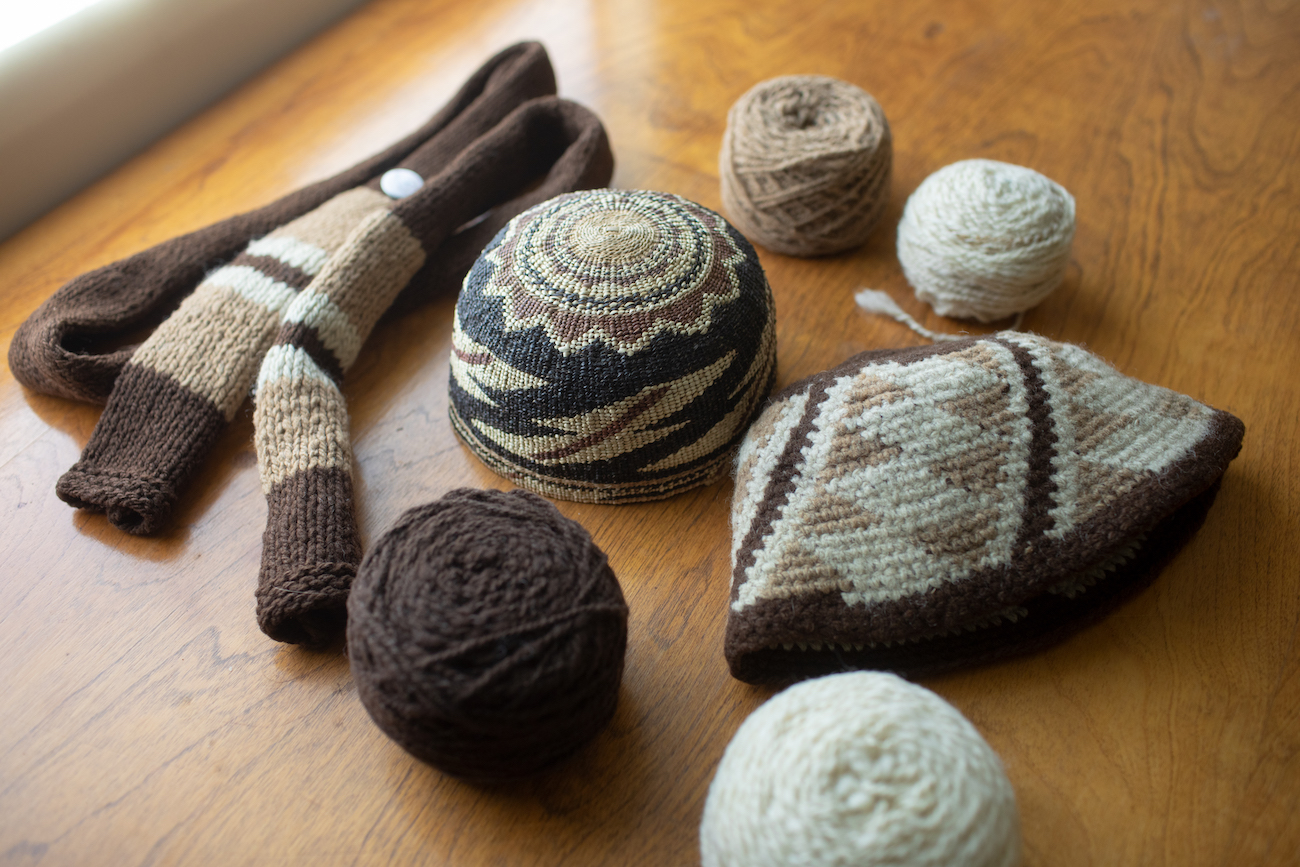
In Humboldt County, Rhoby muses, men are more often the ones seen wearing crocheted caps. She notes how interesting it is to her that a traditional ceremonial item was taken and translated into another medium, and along the way, it switched genders. Author and native plant specialist Judith Larner Lowry writes about this sort of socio-agricultural grafting in her book The Landscaping Ideas of Jays, noting that “we have grafted ourselves … creating a new kind of figure.” There is a vast variety of translations of traditional designs in the crocheted caps, and both these iterations and their traditional counterparts remain popular.
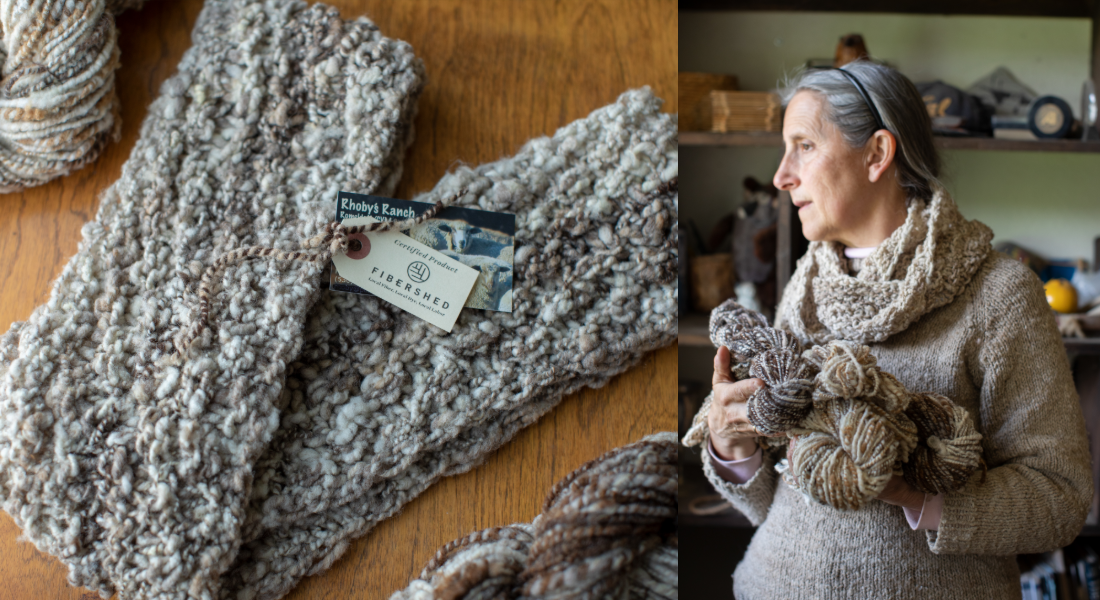
Rhoby’s approach to designing yarns and garments appears to be no different than designing farming systems: she listens and considers, and finds ways to enhance the natural qualities of what she’s working with. Her wool comes in different colors and different lengths. It’s not uniform like wool produced by commercial sheep breeds, so it takes some creativity and experimentation to see what types of yarns and garments make sense for the particular qualities of the fleece. The resulting yarns she produces are soft and spongy, with beautiful thick corkscrew tweed patterns running throughout. The garments she knits from these yarns are entirely unique, and they produce a fabric that is somehow thick yet light, with natural multicolored and heathered effects.
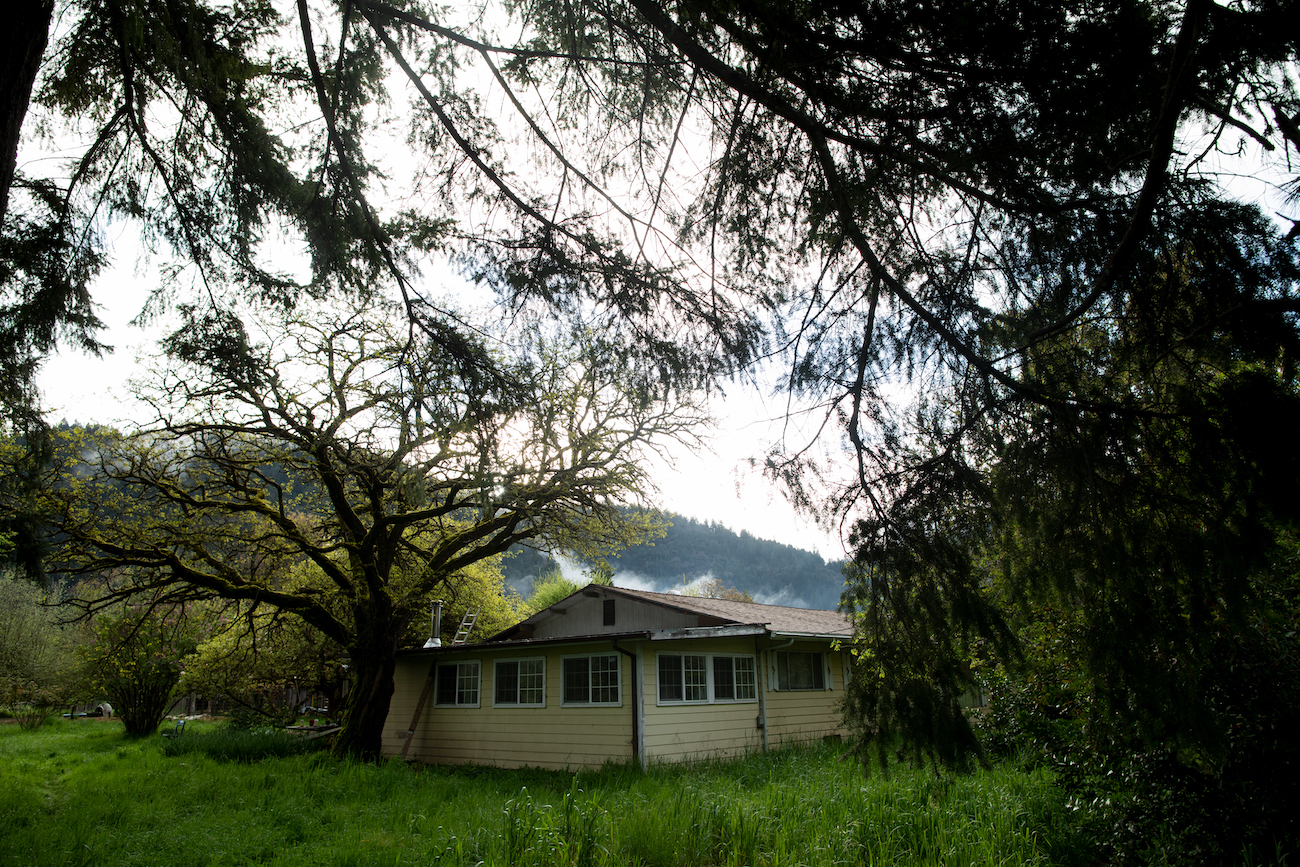
Despite numerous farming and crafting projects, from fiber to culinary, Rhoby’s Ranch is not hectic. There is a serene quality in the air. Everyone is working together: the sheep, the geese, the dog, the shade tree, the hugelkultur, the hedgerow, the grasses and microbes, the soil — and everyone helps each other work. In the midst of it all is Rhoby, who manages it in her unassuming way, soft in step yet solid in the heart.
Learn more about Rhoby’s Ranch by visiting their website here.
For more information on the traditional woven caps mentioned above, we invite you to watch the recorded presentation by Margo Robbins of the Yurok Tribe on Cultural Burning and Basketry, from the 2018 Wool & Fine Fiber Symposium.
